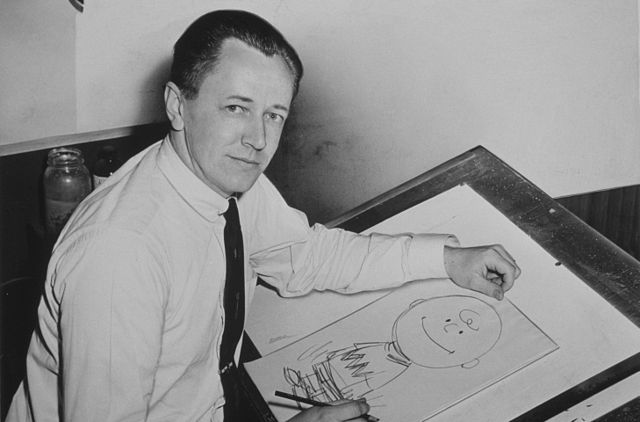
“The Thin Red Line,” by Robert Gibb. These doughty Scots Highlanders were certainly descended in part from Vikings.
A couple links today. Both from the Archaeology in Europe blog, in which I’ve found much of interest over the years.
First, an article from the BBC on the ties between Scotland and Scandinavia. As Scotland considers possible independence, some are looking to the traditional ties between themselves and (especially) the Norwegians.
An oft-repeated tale has Jo Grimond, former Liberal MP for Orkney and Shetland, being asked to give the name of his nearest rail station on a parliamentary expenses form, and writing “Bergen, Norway”.
Also an article from ScienceNordic (also linked by Grim of Grim’s Hall) on current research into the effects of Post-Traumatic Stress Disorder on Medieval knights. As Grim notes, there’s some nonsense here, but it also has much of interest. The subject of PTSD interests me increasingly, for reasons I won’t bore you with.
De Charny also suggested what the knights should do to resist the stress factors. He said knights should fight for a good cause to avoid succumbing to the pressures of war. A ‘good cause’ should be God’s cause – a war for a higher and just cause, to reinstate law and order – and not for personal gain.



